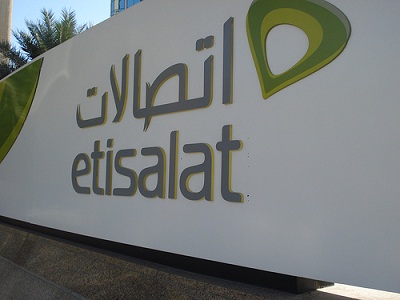The theme for this years’ International Women’s Day celebration is “Empower Rural Women – End Hunger and Poverty.” This is in recognition of the critical role and contribution women, especially rural women are playing globally to enhance agricultural and rural development, improve food security and help reduce poverty levels in their communities.
Unfortunately, there are others in Africa (my continent) who still believe that women or girl-child should support their mothers on the farm to send their brothers or boy-child to school. They still hold onto the stereotypical believe that Science Technology Engineering and Mathematics (STEM) disciplines are for boys. No doubt, there is a recent announcement by Debonair Limited that a tablet PC targeted at “men” will be launched in Ghana next month.
My concern is, why for ‘men’ and why in Ghana (Africa)? Is it the right time to develop such a technology for Ghanaian men to celebrate success? What success are we talking about here? Should we rather be thinking of gender specific technologies for production such as ICT solutions for rural women in agriculture? These are questions I wish we can reflect upon as the world celebrates the International Women’s Day (IWD) on this 8th of March for economic, political and social achievements of women past, present and future.
ICTs are NOT Gender Neutral
At the February TechTalk organized by the USAID Global Broadband and Innovation (GBI) program on “How to Address Gender in Your ICT Projects” the CEO of Sonjara Inc., Siobhan Green, stated that ICTs are NOT gender neutral. Even though I have been thinking about gender specific ICT solutions for women in agriculture, and writing about ICTs for rural farmers before this TechTalk, my interest in the area has increased after hearing this statement. Are these new information and communication technologies (ICTs) really gender-biased?
With the above statement, it is therefore not possible for me to keep silence after reading the announcement from Debonair Limited. According to Debonair’s spokeswoman, ‘the fact is, men take their toys very seriously. After working so hard to achieve success, men deserve to own and play with the cars, the Yacht, the watches and quality clothes. The Bamboo D300 has been developed to celebrate a man’s success.’
The CEO of the company also has this to say:
“Men will fall in love with the Bamboo D300 tablet because it is a simple, makes it easy to do the things men love – transact business, sports, watch movies, read books & magazines, listen to music, download apps, play games, check emails and surf the web on a simple touch-screen interface. It’s great for men of all ages, and provides a great intuitive experience; even for men who do not know how to use computers”- Mr. Adebola Omololu.
Even if this is just a marketing blurb, I think we have moved far beyond it in this information age. I’m wondering which of the above tasks listed by the CEO are beyond the reach of African women? What is so unique about business transactions, surfing the web, reading magazine, or listening to music on PC tablet that African women cannot do? For how long do we continue to widen this digital divide through our cultural and mental perceptions of women in Africa?
Making our priorities right!
Interestingly, I have been researching into ICT solutions – projects and mobile applications currently aiding agricultural value chain actors to increase information and knowledge exchange. Out of over 120 ICT solutions currently identified and analyzed, not a single one is gender specific. This means that it is up to the implementers of these ICT solutions to decide how best to increase women access to the technologies in their projects. Failure to do that will result in under-representation of women in these projects.
So why PC tablet for men in Ghana or Africa at this time? In Ghana, agriculture remains one of the key sectors with more than 80% of all agricultural production done on land holdings less than one hectare. The vast majority of these farmers are subsistence small-scale, rural women who lack access to improved technologies for production, storage, processing, and market information.
I believe what Ghanaian men need at this time is more than PC tablet for fun or pleasure. We need technology companies to think and design ICT specific solutions for our rural women who are “killing” themselves daily to keep us alive. At the just ended IFAD Governing Council meeting in Rome, Bill Gates stated that, “right now, a digital revolution is changing the way farming is done, but poor, small farmers aren’t benefiting from it.” And these poor small farmers are our women.
Instead of thinking and developing PC tablet for Ghanaian men for pleasure, fun and to celebrate success, I join Dr. Fenneke Reysoo to ask this interesting question: “Men, Where are the Women?”. On this International Women’s Day, Men In Africa, Where Are Our Women In Agriculture?























































